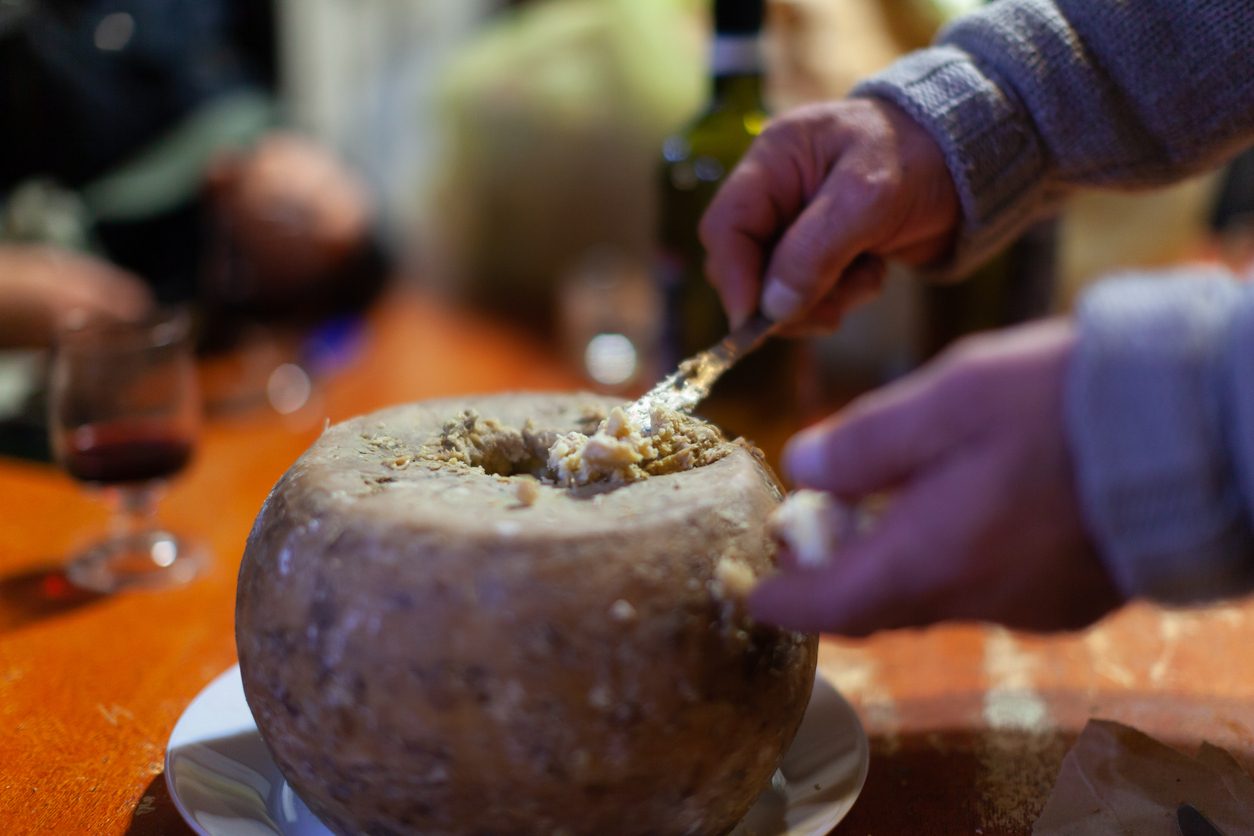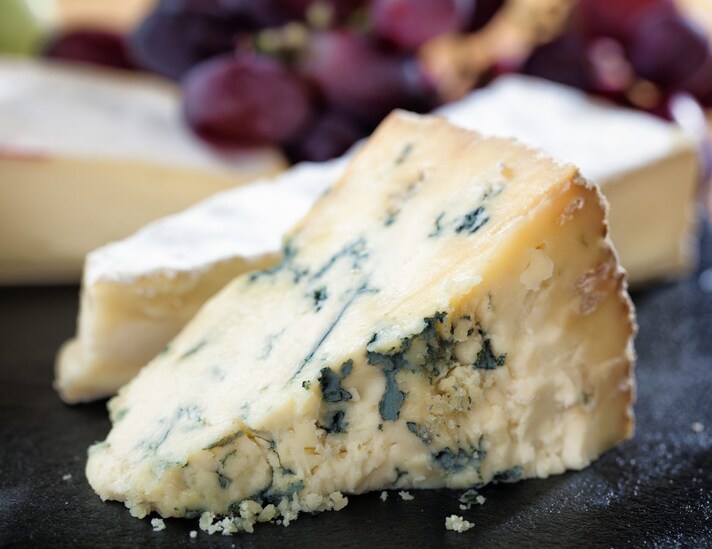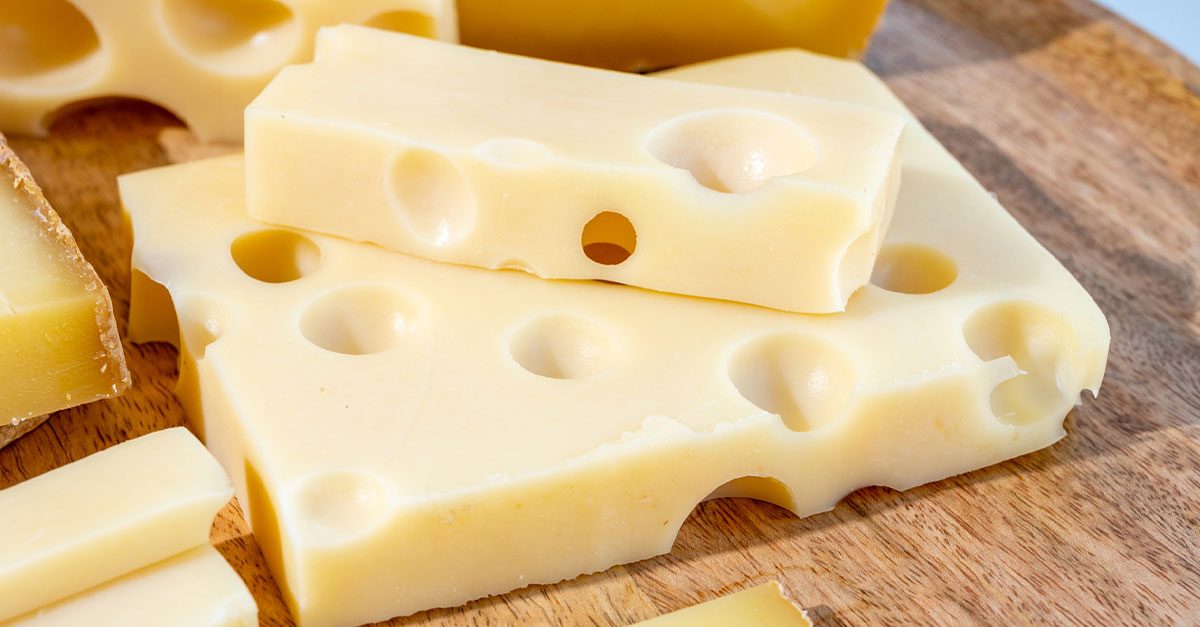Casu Marzu: What You Must Know Before Trying Rotten Cheese
If you are wondering why anyone would eat rotten cheese, it is for their authentic aroma, taste and texture. Still, many of them remain so controversial that they are banned from certain countries! From their intriguing origins to their unique flavor profile, discover the allure of these unconventional cheeses that are far from ordinary.
;Resize,width=742;)
Rotten cheeses are a fascinating niche in the food industry and taking center stage is the Casu Marzu, infamous for its filling of live maggots. From France to Corsica, there are cheeses that push the boundaries of taste and texture. Get ready to dive into the strange, smelly, and surprisingly delicious world of rotten cheeses!
How many rotten cheeses are there?

To begin, it is imperative to understand that "aging" is an important part of cheese production. There are various types of cheeses that involve fermentation or aging processes that some might describe as "rotten." However, it's important to note that cheese-making is a controlled process that typically doesn't involve actual rotting, but rather intentional fermentation or aging.
It is hard to put an exact figure on the number of stinky/rotten cheeses there are. However, the 3 most famous rotten cheese renowned for their intense flavors, pungent aroma and unique fermentation processes are:
1. Casu Marzu
Originating from Sardinia, Italy, Casu Marzu is infamous for its fermentation process, which involves live insect larvae (maggots) added to the cheese to aid in fermentation. The resulting cheese has a soft, creamy texture and a pungent aroma, often described as intensely tangy and ammoniated.

2. Stilton
While not inherently "rotten," Stilton cheese from England is famous for its strong aroma and bold flavor profile. It is a blue cheese known for its crumbly texture and complex, tangy taste, making it a divisive choice among cheese enthusiasts.
3. Gamalost

Also known as "Old Cheese," Gamalost is a traditional Norwegian cheese made from sour skimmed milk. It undergoes a unique fermentation process that results in a strong, pungent odor reminiscent of ammonia. Despite its smell, Gamalost is cherished for its rich, tangy flavor.
Why is Casu Marzu the world’s most controversial cheese?
Casu Marzu is considered a delicacy by some, but its consumption remains largely controversial. The infamous Sardinian cheese, is renowned for its unique production process involving live insect larvae, specifically cheese fly maggots. The larvae are intentionally introduced into the cheese, where they digest the fats, creating a soft texture and distinctive flavor.
The specialty cheese, known to be infested with maggots, is considered unsafe for consumption due to health risks associated with ingesting live insect larvae. The U.S. Food and Drug Administration (FDA) as well as the European Food Safety Authority (EFSA) warn about the potential health hazards of consuming casu marzu. It may contain live maggots that pose significant health risks. Due to these health concerns, the sale and consumption of Casu Marzu are prohibited in many countries.
Conclusion
Rotten cheeses may not be for the faint of heart, but they represent a fascinating intersection of culture and the food industry. Interested? You can expect find a unique sensory experience that will challenge your perceptions of taste and aroma. However, when trying any rotten cheese, particularly the Casu Marzu, approach with caution and prioritize your health and safety above all else.
;Resize,width=767;)

;Resize,width=712;)
;Resize,width=712;)
